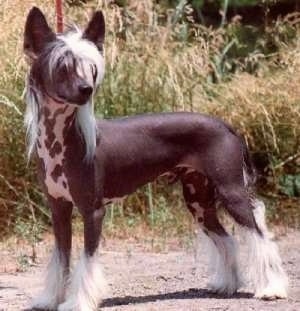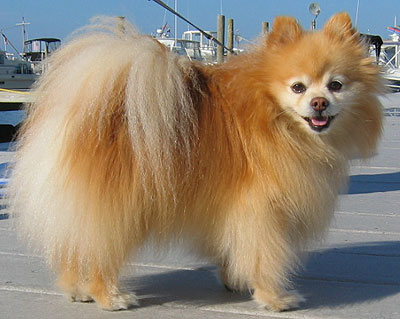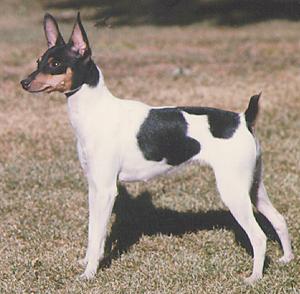I know, I know, its been a while since my last update. My time schedule doesnt gave me any mercy at all. Till then, I am finally free for a week, and this will be a golden time to brush up my precious masterpiece- vet blog
************************************************************
Ever wonder about the 3 colored cats?
Calico (with white patch)
Tortoiseshell (no white patch)
What is a calico cat? A calico cat is not a breed of cat, it is a color pattern. To be called "calico", three colors must be present: black, white and orange. Variations of these colors include gray, cream and ginger. A "true" calico cat has large blocks of these three colors, a "tortoise shell" or "tortie" cat has a mix of these three colors (blended/swirled together more than distinct blocks of color). Because of the way tortoiseshell is inherited, almost all tortoiseshell and calico cats are female. The very few male tortoiseshell cats are caused by genetic aberration or development abnormalities in the foetus.
How tortoiseshell pattern occur?
The ginger colour of cats (known as "yellow", "orange" or "red" to cat breeders) is caused by the "O" gene. The O gene changes black pigment into a reddish pigment. The O gene is carried on the X chromosome. A normal male cat has XY genetic makeup; he only needs to inherit one O gene for him to be a ginger cat. A normal female is XX genetic makeup. She must inherit two O genes to be a ginger cat. If she inherits only one O gene, she will be tortoiseshell. The O gene is called a sex-linked gene because it is carried on a sex chromosome. Tortoiseshell cats are therefore heterozygous (not true-breeding) for red colour.
The formation of red and black patches in a female with only one O gene is through a process known as X-chromosome inactivation. Some cells randomly activate the O gene while others activate the gene in the equivalent place on the other X chromosome. This only shows up visibly in skin cells as these produce pigment. This occurs early on in the embryo and as skin cells multiply, they form patches. The skin is a mosaic of cells where some have the O gene active (making ginger pigment) and some do not (making black pigment). This can only happen in cats with two X chromosomes. Male cats only inherit one X chromosome so this is active in all skin cells as there is nothing equivalent on the Y chromosome which could "switch off" the O gene.
There are two main theories regarding brindled torties and patched torties. One (the "early/late deactivation theory") suggests that the time at which X chromosome deactivation occurs during foetal growth determines whether the cat has well defined patches or is brindled with intermixed black and orange hairs. Skin cells multiply during growth and spread out across the skin; as the embryo grows the skin cells multiply. If deactivation occurs early on each pigment cell has room to multiply into, a "red" cell will multiply into more red cells while a "black" cell will give rise to patches of black. If it occurs later, the patches are smaller as the cells have less room to multiply into; some "patches" will be no larger than a single hair! All "red" cats are red tabbies - where there are large red patches, the tabby pattern will usually be discernible.
The other theory regarding brindling and patching (the "migration theory") is that brindled torties occur when there are more pigment producing cells produced from the neural crest (which becomes the back and spine area). The cells are assumed to have undergone X chromosome deactivation before migration. The migrating cells carry either O (red) or o (black) and they migrate at the same rate into their final positions. Where there are many pigment producing cells, there is more competition and they become intermingled. Where there are fewer pigment producing cells, each cell has room to grow into patches of colour (imagine plants forming clumps in a flower border).
Tortoiseshell-white (calico pattern)
Calico cats
The white patches in tortie-and-white (tricolour, calico) cats is caused by the piebald spotting gene. This is a semi-dominant gene with very variable expression ranging from nearly all white to nearly all coloured with only a few white hairs. The gene affects the embryo cells which will become pigment-producing skin cells. These cells are initially formed along the "neural crest" - the embryo's backbone area - and migrate to all over the body during formation of the skin. Where these pigment producing cells fail to get in position before the skin is fully formed, there will be areas of skin which lack pigment producing cells i.e. white areas. White areas are usually the areas furthest from the cat's backbone - paws, belly, chest and chin - these areas take longest to reach.
One effect of white spotting in tortoiseshell cats is to change the pattern from brindled to patched. Tortie cats with little or no white tend to have brindled coats. However, the more white there is, the more the black and white will also be separated out into patches instead of being intermingled.
In the developing embryo, the pigment forming cells migrate from the neural crest. If the "migration theory" is right, cells which activate O (red) and those which activate o (black) appear to migrate at the same speed, leading to a brindled pattern. If the embryos also inherit the gene for white spotting, the fur develops as patches of colour. The bigger the white areas, the bigger the and better defined the separate patches of black and red. The presence of the white spotting means fewer pigment producing cells and less competition between them as they migrate into position. One or two cells reach an area and these multiply in situ to form a patch of colour (a clonal patch).
This is basic tri-color variation in cats. To understand more please visit
A dog once said "This person is so kind to me and feed me, he must be a God"
but a cat said "This person is so kind to me and feed me, I must be a God"





































